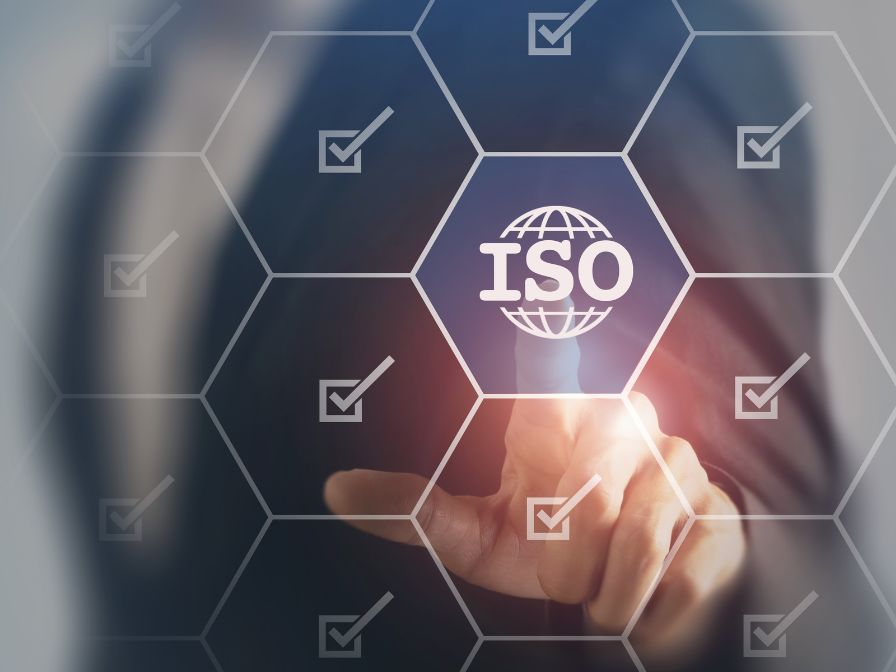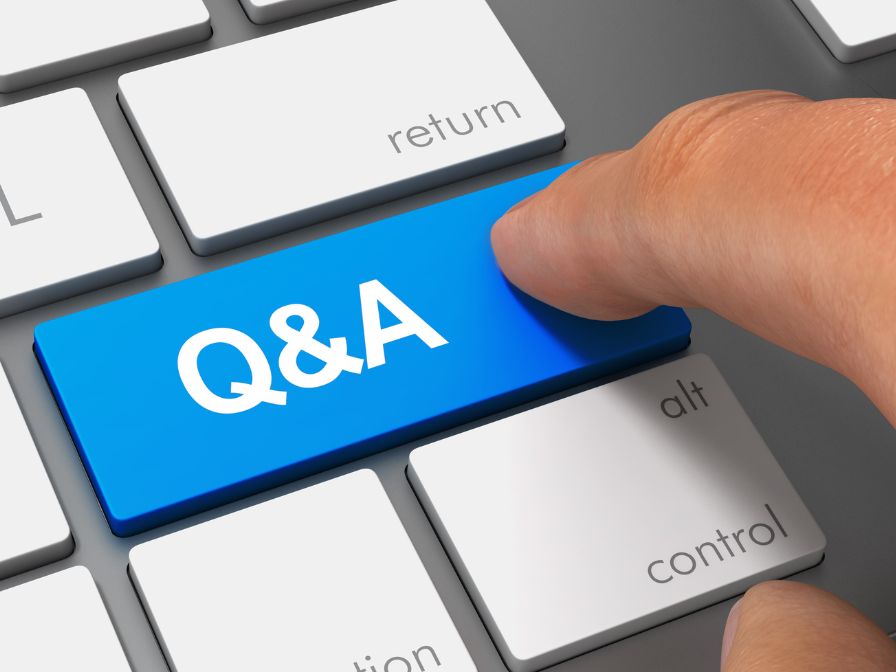
March 10, 2025 marks an important date in the journey toward modernizing legacy payment systems. More specifically, it marks the official compliance deadline for Federal Reserve Banks to implement the ISO 20022 messaging format for the Fedwire Funds Service.
Though the ISO 20022 global financial standard was first published over two decades ago, the globalization of financial markets and the growing need for interoperable payment systems has accelerated its adoption in recent years, with some of the largest market infrastructures such as Target 2 already on it, and Fedwire being one of the latest systems to migrate. This article will provide context behind Fedwire’s impending migration and explain what banks stand to gain from ISO 20022 compliance.
- Understanding the urgency behind ISO 20022 for U.S. banks
- Why the Federal Reserve is making the move to ISO 20022
- What will change with ISO 20022?
- What banks stand to gain from ISO 20022
- Creating a path to ISO 20022 compliance
- Finding the right vendor for ISO 20022 compliance
Understanding the urgency behind ISO 20022 for U.S. banks
As one of the last major economies to adopt ISO 20022, banks in the United States face an uphill battle migrating to the messaging format, with tight deadlines and a potentially extensive vendor selection process to contend with.
But the alternative is worse: Either the Federal Reserve Bank plans a “Big Bang” migration from the Fedwire Application Interface Manual ISO 20022 formats, or risk missing the March 10, 2025 compliance deadline. The latter would render banks unable to send or receive wire transfers, preventing them from facilitating essential financial transactions. Not only that, but failure to migrate to ISO 20022 could threaten U.S. banks’ ability to effectively participate in the global economy due to interoperability issues, prevent institutions from accessing rich customer data, and dramatically increase straight-through processing (STP) rates.
To avoid any of these outcomes, banks must prepare and complete ISO 20022 testing by the Federal Reserve’s Go/No-Go date of February 21, 2025 — an objective that will require both immediate action and the implementation of cloud-based or Payments-as-a-Service (PaaS) solutions.
Why the Federal Reserve is making the move to ISO 20022
ISO 20022 adoption in U.S. payments systems has been ongoing for over a decade, with both FedNow and the RTP network already using it. Fedwire is simply the latest system to migrate over — a change that’s not only mandatory, but advantageous for banks. Part of ISO 20022’s appeal is that it creates a common format for messages across global financial systems, reducing transaction errors and improving STP.
Additionally, ISO 20022’s rich data capabilities allow for more detailed transaction information, enhancing compliance efforts, fraud detection and the overall customer experience. These improvements not only optimize operational processes but also introduce new opportunities for banks to innovate in their service offerings. Migrating Fedwire to ISO 20022 will enable the U.S. as a whole to better facilitate dollar trade internationally, maintain a competitive stance on a global stage and reap the rewards of a unified data format.
What will change with ISO 20022?
As Fedwire migrates to ISO 20022, banks can expect significant changes to both the syntax and semantics of payment standards.
As far as syntax is concerned, ISO 2022 introduces extensible markup language (XML) as the primary format for payment messages. Compared to older formats used by Fedwire, XML is more flexible and capable of handling complex data structures, which enables banks to integrate various transaction details within a single message. To capitalize on this change in syntax, banks must update existing software — or potentially adopt new solutions — in order to adapt their systems to parse and generate XML-based messages.
ISO 20022 also provides a consistent semantic format for data exchange, which separates the data description (what the data represents) from the data format (how the data is structured). By establishing a universal vocabulary for payment standards across different regions and countries, ISO 20022 reduces misunderstandings and errors that arise from inconsistent terminology. This harmonization is crucial in the context of global transactions, where clarity and precision are paramount.
Perhaps one of the most significant changes that comes with ISO 20022 is its ability to handle rich data. The standard allows for extended remittance information and more precise data about transaction parties. For banks, this means that payment messages can carry comprehensive information about the transaction — context such as invoice numbers, payment purposes, and additional party identifiers. This rich data not only enhances the transparency and traceability of payments but also facilitates greater automation in reconciliation processes and compliance checks.
What banks stand to gain from ISO 20022
Fedwire’s impending migration to ISO 20022 will significantly enhance the operational effectiveness, strategic positioning, and customer service capabilities of U.S. banks.
Here are just a few ways that banks stand to benefit from ISO 20022:
- Broader vendor access: With the adoption of ISO 20022, banks will gain access to a wider pool of technology vendors that specialize in ISO-compliant systems. This will not only foster competitive pricing but will also enable banks to choose from best-in-class technology solutions with advanced capabilities that are ready for international use.
- Future-proof payment systems: ISO 20022 is designed to accommodate future development in the financial sector, including the integration of new payment technologies and methodologies. Fedwire’s migration to the standard will ensure that U.S. banks’ payment systems are scalable and adaptable to future innovations and more integrated with global market infrastructure networks, such as Target 2, the Clearing House Automated Transfer System, and so on.
- Data storage efficiency: By standardizing the messaging format across different types of payments, ISO 20022 simplifies data management, reducing the cost and complexity of maintaining multiple systems. This consolidation accelerates processing speeds and reduces errors, allowing for more reliable and cost-effective operations.
- Smart routing: ISO 20022 supports smart routing capabilities, which automatically determine the most efficient or cost-effective payment channel for a given transaction. For example, a payment may be routed through FedNow instead of Fedwire based on predefined criteria such as value thresholds or speed requirements. This flexibility not only helps control costs but can improve customer satisfaction by optimizing transaction times and fees.
- Enhanced compliance and reporting: The rich data format of ISO 20022 messages simplifies compliance with various regulatory requirements by providing more detailed transaction records. This ensures that banks can easily track, report, and analyze transactions, while adhering to anti-money laundering and know your customer requirements, amongst other financial standards. Enhanced data also supports stronger audit trails, which are essential for both internal audits and regulatory reviews.
Creating a path to ISO 20022 compliance
The journey to ISO 20022 is a multifaceted process, one that requires strategic planning, vendor selection and rigorous testing to ensure systems are ready by the mandated March 10, 2025 cutover date.
Here’s a brief overview of what banks can do to achieve compliance:
- Establish key milestones: Instead of focusing solely on the regulatory cutover date, banks should set internal milestones that lead up to the final switch to ensure readiness.
- Build a business case: The journey to ISO 20022 begins with a clear understanding of its strategic benefits. Banks need to create compelling business cases that highlight the efficiencies and enhancements the standard can bring, such as better data quality and streamlined operations. Following this, banks should issue requests for information (RFIs) to gather detailed information from potential vendors about their capabilities and experience with ISO 20022 migrations.
- Vendor selection and contracting: The Fed ISO 20022 Implementation Center has the list of vendors that currently have Fedline Direct Access. Some have already been certified for Fed ISO while others are in progress, so not every one of these vendors will be suitable for every type of bank, therefore it is best to be proactive. Upon selecting a vendor, a bank must begin the contracting process, which involves negotiating price, service levels, data security, and compliance specifications. This crucial step ensures that the partnership fully supports the bank in its compliance journey without unforeseen liabilities.
- Implementation: Once contracts are in place, actual implementation begins. This phase includes implementing and integrating new systems, configuring them to handle ISO 20022 messages and ensuring that existing systems are compatible.
- Testing: With implementation complete, banks should conduct rigorous internal testing to resolve any issues before moving on to the external testing phase. Banks must schedule external testing with the Federal Reserve to ensure that their newly implemented systems operate smoothly within the larger financial network and meet all regulatory requirements.
Finding the right vendor for ISO 20022 compliance
The right vendor can make for a seamless ISO 20022 transition — when seeking a vendor for your own bank’s compliance journey, be sure to look for the following criteria:
- Prior experience: A vendor with a solid track record in handling migrations can help mitigate the risks associated with system upgrades and integrations. The right vendor should be able to demonstrate past success and point to projects that highlight their ability to manage the nuances and challenges of transitioning to a new messaging standard.
- A unified platform: Banks should seek vendors that offer solutions capable of supporting both wire and instant payments in a single platform. By consolidating both capabilities within a single platform, banks can streamline their operations, manage liquidity, and reduce the complexity of managing separate systems for different types of transactions.
- Flexibility: Given the rapid evolution of financial technology, it’s essential to choose a vendor that offers flexible, cloud-based solutions. Cloud-based solutions not only offer scalability and resilience but also enable banks to stay agile by adopting new features and functionality. This flexibility is key to future-proofing a bank’s payment systems.
Whatever your ISO 20022 compliance needs, Volante is here to support you.
For institutions that must comply with the mandated deadline but cannot replace their current wire systems in time, our ISO 20022 Service serves as a lightweight transformation layer that mediates between your legacy wire payment processing system and the Fedwire network. The ISO 20022 Service can be fully integrated, tested, and functional with your legacy system in as little as 14 weeks.
When you’re ready to move beyond compliance, consider replacing your legacy system with US Wires, Volante’s ISO 20022-native and 24×7-ready solution for processing wire payments from initiation through to clearing and settlement.
To learn more about these and Volante’s other payments as a service solutions, contact our team today.
—
For a deeper dive into ISO 20022 and how it can transform your payment systems, download our whitepaper, “Staying Ahead of the Fedwire Migration to ISO 20022.”






